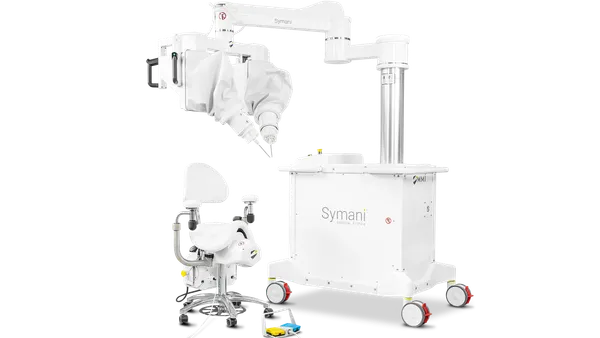Dive Brief:
- Catheter-based interventions developed by Boston Scientific, Inari Medical and Penumbra could transform the treatment of pulmonary embolism in the coming years, according to BTIG analysts.
- After attending the annual Pulmonary Embolism Symposium last week in Austin, Texas, the analysts predicted clinical guidelines could shift toward catheter-based therapy once data from ongoing randomized trials is available.
- In the absence of the data, there is a lack of consensus among physicians about which device to use on what patient, creating uncertainty about which businesses will profit.
Dive Insight:
Medtech companies are studying a range of catheter-directed treatments for pulmonary embolism, a condition defined by blood clots in the lung. Boston Scientific’s EkoSonic uses ultrasound to dissolve PEs, while Inari’s FlowTriever captures and removes clots. Physicians continue to debate when to use each device.
“There is still a lack of consensus on what is the right device to use and on which patient, given difficulties risk-stratifying patients and the lack of Level I evidence. A panelist discussed how choosing a device is more nuanced and often dependent on user preference, experience and type of clot (proximal vs. distal). We think this could potentially change as new RCT data emerges,” the BTIG analysts wrote.
The analysts shared details of a debate between key opinion leaders to illustrate the lack of consensus. Three experts discussed which catheter to use on an 80-year-old PE patient. One person cited data from Boston Scientific clinical trials to argue for catheter-directed thrombolysis. Another expert used the hemodynamic response and safety profile seen in an Inari study to make the case for aspiration thrombectomy. The third expert proposed a mix of mechanical thrombectomy and catheter-directed thrombolysis.
Data that settles the debate could arrive in the coming years. The analysts said a randomized controlled trial run by Inari could read out as early as the first half of 2024, with data from a Boston Scientific study potentially following by the end of that year.
Penumbra used the event to share an update on its single-arm STRIKE-PE study. The analysis of the first 150 subjects in the trial, which is enrolling 600 patients, linked the intervention to a statistically significant reduction in right ventricle to left ventricle ratio at 48 hours, the primary performance endpoint in the study.












